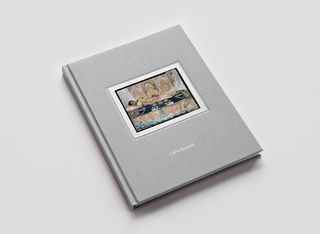?
Lalla Essaydi - Beyound Time and Beauty
The Baku Museum of Modern Art has opened its doors to Lalla Essaydi’s Beyond Time and Beauty exhibition. Beyond Time and Beauty is Essaydi’s first exhibition in Azerbaijan and follows her retrospective at the Smithsonian Museum of African Art in 2012-13. Bringing together works from across her career, the show features the series Harem, Bullets, Converging Territories and Les Femmes du Maroc. As the curator, Dina Nasser-Khadivi, describes “Essaydi is a remarkable international artist; she navigates pervasive cultural and aesthetic dichotomies to make something wholly original - East and West, Tradition and Modernity and the changing perceptions of women.” A fully illustrated colour catalogue will accompany the exhibition and include an essay by Olga Nefedova, the founding director at the Orientalist Museum, Qatar. Essaydi was raised in Morocco and spent many years in Saudi Arabia, and although she was educated in Europe and the United States, this experience of traditional Islamic life was fundamental in shaping her. Essaydi’s photography provides a contemporary reflection on an iconography that stretches as far back as the Orientalist imagery of nineteenth century artists such as Ingres, Delacroix, and Gérôme. More recently Essaydi has produced a series of pictures in a former harem in Morocco, often swathing her subjects in robes which closely echo the decorative tiles that wall the complex. Lalla Essaydi lives in New York. Selections from her series Les Femmes du Maroc were published by powerHouse Books in 2009. Recent exhibitions of her work have been staged at the Smithsonian Museum of African Art, Boston Museum of Fine Arts, Williams College Museum, Williamstown, Mass.; and the Columbus Museum of Art, Ohio. Her work is represented in the collections of the Louvre, Paris; Los Angeles County Museum of Art (LACMA), Los Angeles; Art Institute of Chicago; Brooklyn Museum of Art, New York; Museum of Fine Arts, Houston; Museum of Fine Arts, Boston, and many others
